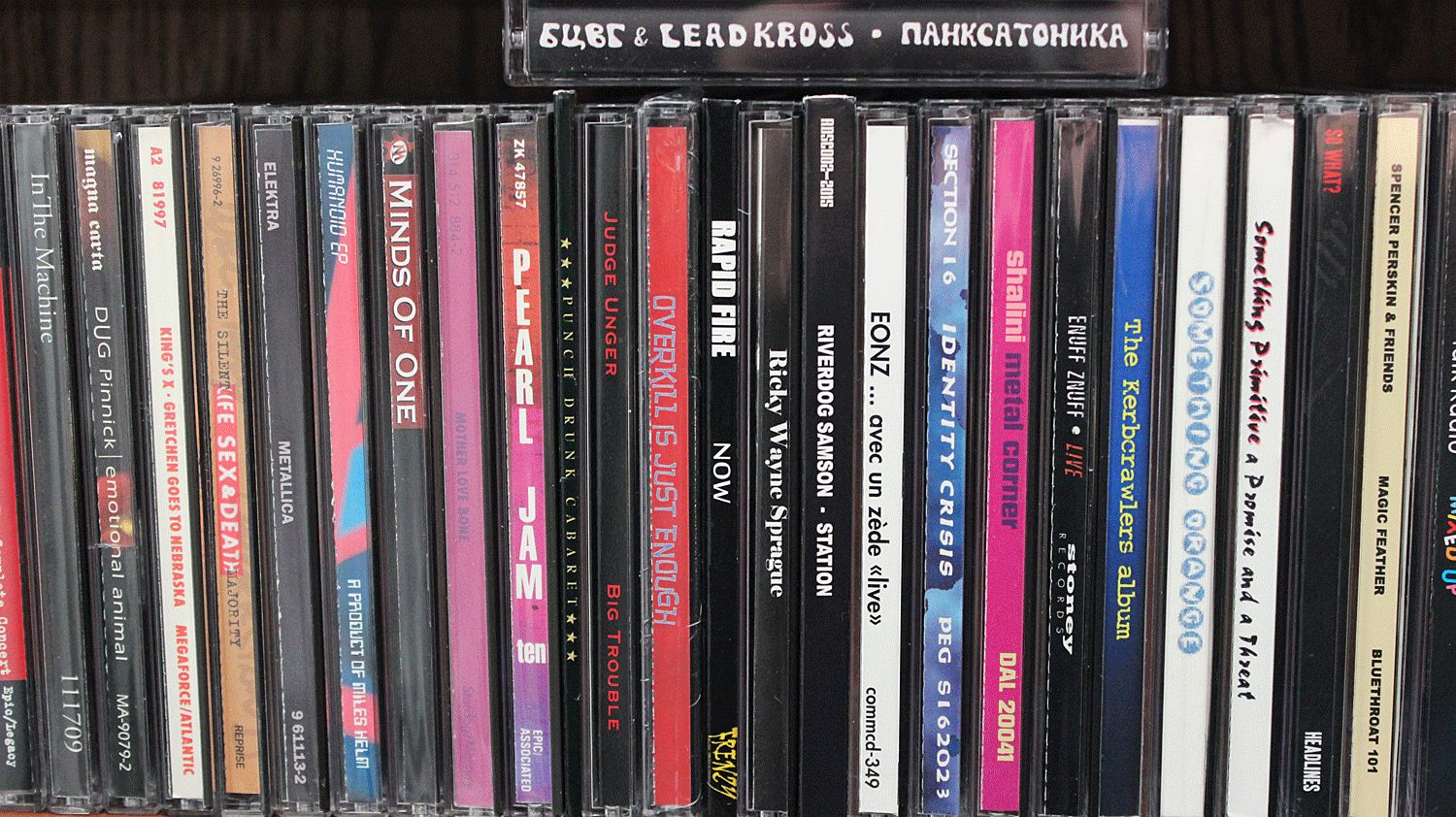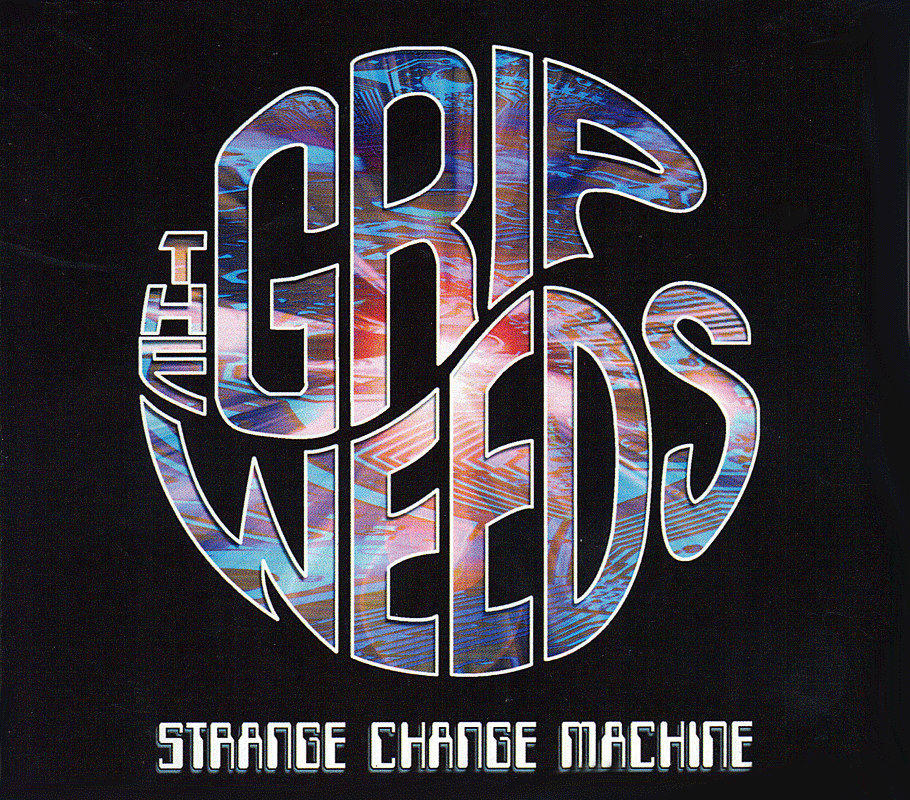The Grip Weeds
the Grip Weeds - Strange Change Machine
Artist
Location
Title
Released
Genre
UPC barcode
Bassist
12-string bass
Songs including the 12
The Grip Weeds
New York, New York, USA
Strange Change Machine
2010
Psychedelic 60’s Rock / Power Pop
634457528628
Michael Kelly
Waterstone TP-12/34
Mr. X
Michael Kelly with his Waterstone TP-12/34 12-string bass.
Michael Kelly is a professional bassist; writing, recording, teaching and performing in New York City since 1984 with The Ronnie Gent Band, along with The Grip Weeds and critically acclaimed indie band Wide Right.
Michael writes, "I always loved multi-string basses. I had a Kramer 8-string with the aluminum neck for quite a while in the early 80's. With the Ronnie Gent Band, I secured an endorsement with Hamer in 1987 and received the 8-string bass based on the Les Paul Junior body. I used it a lot but found that it wasn’t the tone I was really looking for."
"The discovery and idea of actually getting the 12-string bass, in particular the Waterstone TP-12 model, happened while on the road with The Grip Weeds in 2005. We were doing a show in Nashville, and during the day we headed over to Gruhn’s Guitars. They had the TP-12 in cherry hanging on the wall. The sales guy said 'We just got it in'. I pulled it down and just fell in love with the low end, the chime, everything."
"When we got back from the tour, I contacted Bob Singer at Waterstone with regards to the basses. Bob was incredible to work with. I went back and forth between getting another 8 or the 12. Finally in the summer of 2009, I pulled the trigger on the TP-12. The quality and tone of the bass was so amazing, I then turned around and ordered the TP-4 as well.”
“I play Waterstone basses live exclusively now with the band. I use the 12 string for about 70% of the songs. I may get another TP-12 which would allow me to use Drop D tuning, which would mean the using the 12 for the majority of the shows. The TP-4, which is EXACTLY like the TP-12, sans the octaves, is just as cool. I do the rest of the set with that."
"The 12-string bass made it to the ‘Strange Change Machine’ album at the 11th hour. I had two tracks left to finish and I brought along the 12 to see how it would work. You can hear the results on the song entitled ‘Mr. X’. The 12-string bass sound is HUGE. Rick, who wrote the song, told me, 'Well, we don’t need a rhythm guitar track, I love it.' Cool."
"I don’t see the 12 as a replacement for the rhythm guitar parts but an enhancement to the sound of the band. When we track songs there are multiple guitar parts. Live, we lose some of those parts since the guitar players only have two hands each. I get to fill in those holes that sometimes happen and add things in a tasteful and musical way the enhance the performance."
"For the best tone I always split the signal three ways. In the studio, I start with really good cables my brother made me out of Canare cable with G&H plugs. The cable goes to a radial JDI Direct Box: Thru goes to a Radial Bones™ Twin-City A-B-Y amp switcher sending the Highs to a Marshall 1959 Super Lead 100-watt head (1971) for the dirty sound; The Lows (depending on the song) go out to an Ampeg B-15 combo bass amp (1963), an Ampeg SVT3 bass amp or a Peavey Pro Bass 500 head to either a Mesa Boogie 1x15 bass cabinet or an Avatar 2x10 Neo bass cabinet."
"For live, using the Radial Bones™ Twin-City A-B-Y amp switcher, Line 1 goes to the Tech 21 SansAmp Bass Driver DI first. I use a ‘classic overdriven SVT’ setting that goes to the PA, just in case the engineer doesn’t want to mic my other amp for the distortion. (Who wants to mix a dual bass signal at a club?) I send the unaffected parallel line out from the SansAmp into the Peavey Pro Bass 500, using the Tube channel, then to an Avatar 2x10 Neo for lows. The other signal for the highs go out to Peavey TransTube Fex Guitar Pre-amp / Processor. I have presets for each song ranging from shattering crunch to classic overdrive."
"That signal goes out into a Carvin PB100 1x10 combo. I use the Carvin as it has a good compressor built into the amp that helps keep the distorted sound clean and even. Since this is just for the overdrive / dirt sound for the high end, I don’t need a whole lot of volume to be heard. I love it. In fact, whether I’m playing the Waterstone TP-12 or the TP-4, I get better overall tone out of two amps that allow for lower stage volume, which makes the soundman happy which then makes me happy."


